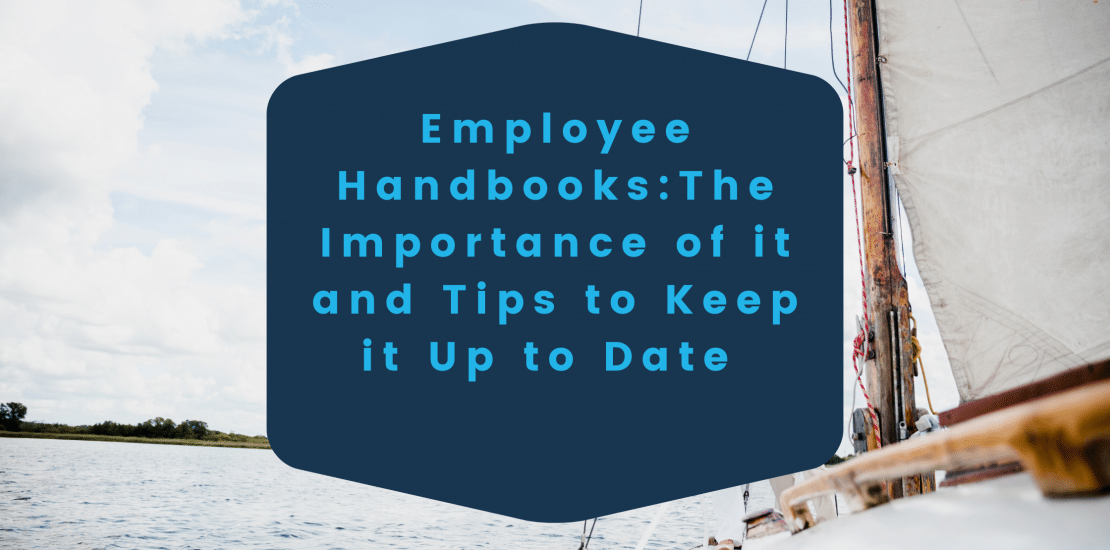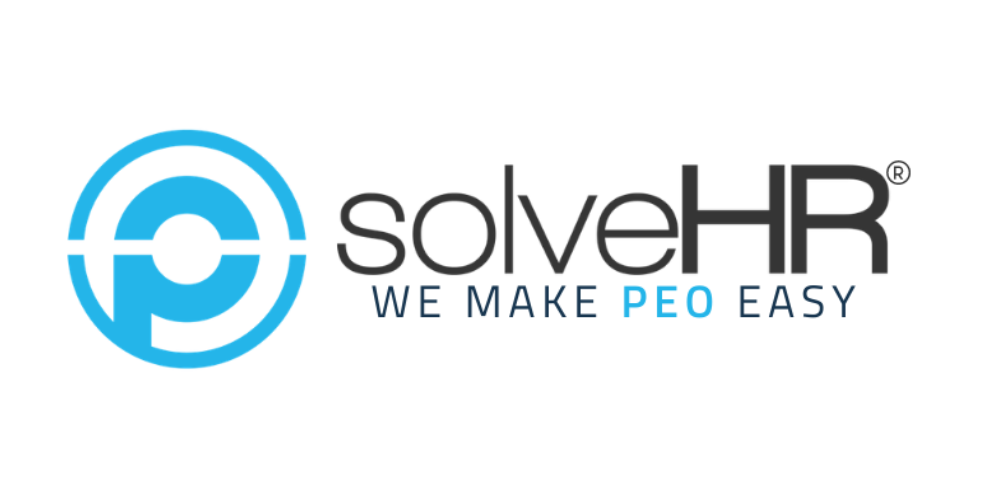- 09/07/2021
- Posted by: Matt Muriel
- Categories: Culture & Retention, Employment Law

An employee handbook can be a useful tool for communicating guidance and information related to your organization’s history, mission, values, policies, procedures, and benefits in a neat little book.
Creating an employee handbook from scratch can seem like a daunting task, but as we will illustrate in this post, you’ll begin to see that having an employee handbook is essential for having a transparent and consistent message across your organization as well as what you need to do to keep it up to date.
What is an Employee Handbook?
So, what is an employee handbook and what does it do? An employee handbook gives a detailed overview of your expectations from your employees and what your employees can expect from your company. By establishing your expectations in an employee handbook, you are clearly defining how employees should behave, policies that should be followed, and the benefits they should receive from working with the company.
Employee handbooks can also protect employers from employee lawsuits and claims, as a well-structured handbook can protect both the employee and employer as it establishes rules and structures for when situations arise.
What to watch out for when updating your employee handbook
Handbooks work as a contract between the employer and employee, establishing expectations on how each one should behave and what should happen if those expectations aren’t meant. If the handbook is out of date, then that would mean that the expectations between the employer and employee are also out of date.
This is why it is important to keep an employee handbook up to date with any changes that occur within the company. You may be thinking that there is a myriad of things that you need to keep an eye on to keep your company’s employee handbook up to date, and you’d be right. That is why below we’ve come up with four great areas that you should review annually to update your employee handbook:
Company Changes– Legal and policy requirements change all the time within a company and internal memos can serve as a quick fix to alert your employees of any changes, but you want to update your handbook whenever changes do occur. Other things that can change company–wide are offered employee benefits, compliance laws, and policies like paid sick leave.
Technology Changes– Technology is always changing, and with it, so should your employee handbook. Adding new policies like Wi-Fi rules (if they are allowed to log onto the network with their own devices), BYOD to work, social media usage at work, or even digital privacy clauses are great additions to a 21st–century employee handbook.
Law Changes– Federal, State, and local laws change and usually have a significant impact on how you dictate your company policies. It’s always a good idea to keep a lookout for changes on the local and state level because those get often overlooked compared to national headlines of federal changes. Take for example marijuana legalization, businesses that operate in states with legalization need to update their handbooks to address the usage of marijuana before work either recreationally or medically. Other changes to look out for would be changes to the minimum wage, state family-leave requirements, and local sick-leave laws.
Cultural Changes- a company’s culture should change with the times and where it is at in its growth cycle. Think about how your business has changed and what policies you think your company could begin to implement to reflect these changes. These cultural changes could be dress codes, non-discriminatory policies, sexual harassment policies, or even your company’s environment policy!
Questions on Updating Your Employee Handbook
At this point, you might have some questions about how you should go about updating your employee handbook (or even questions on how to create a handbook in the first place). We get questions like these all the time and decided to include some frequently asked questions regarding employee handbooks.
What common mistakes do you see in handbooks?
Typically, we see that employers don’t update their handbooks enough and don’t get them reviewed by a lawyer before posting them. This can lead to out-of-date handbooks with a poor legal review that can leave a business exposed to litigation. Another key issue that we see is overlapping policies or poorly worded policies in handbooks, this can lead to poor enforcement of company policy which in turn can be detrimental to daily operations.
How often should I update our handbook?
You should keep your handbook updated every time there is a change in the law, and/or if there are any updates to your existing policies and practices. A more realistic goal is to update your handbook annually and have legal counsel review it every 3 years. These goals can be changed depending on your business’ needs, so try to find a balance that works for your organization’s goals.
Should employees be notified of a handbook update?
Employees should always be notified of any updates to the handbook. Hosting your employee handbook online can help make this easier, as any changes that are made to the handbook can be notified to your employees through a simple text or email with a link to the revised handbook.
How do we update our employee handbook?
Many companies will use templates they find online, fill in their company details, and then distribute them to their employees, but this is an issue. Any policies you find online could potentially not match up to federal, state, or local laws, or not be comprehensive enough for your organization. This is why we recommend tailoring your policies in house or outsourcing to a trusted external HR team.
Do we need an employee handbook?
As we’ve emphasized before, an employee handbook is something that keeps your employees informed of your company’s policies and expectations. Running a business without one can be akin to driving without a seat-belt. Sure you can do it, but it puts you at great risk and you are much safer if you have one.
Of course, your handbook should be unique to your business and the goals of your organization, but the above is just meant to spark some ideas on how you should structure it. Remember that your employee handbook should be straightforward and use simple language to be easily understood by your employees.
Your employee handbook can be a powerful tool in your business toolbox and can help your business take official stances on topics like discrimination or harassment in the workplace. The added transparency inspires confidence in your employees and helps shape your business for the future.
Looking to create your employee handbook, but don’t know where to start? SolveHR’s team of HR experts can help you create a handbook that addresses all of the company policies that your organization needs. We make HR easy so you can focus on what matters—Growing your business!

